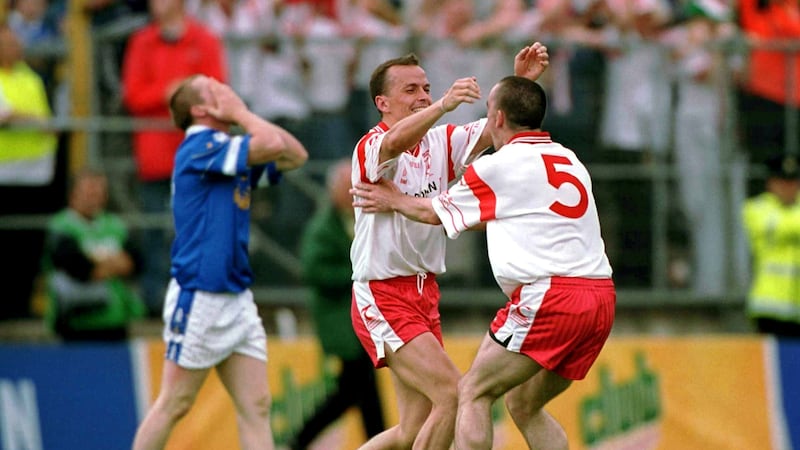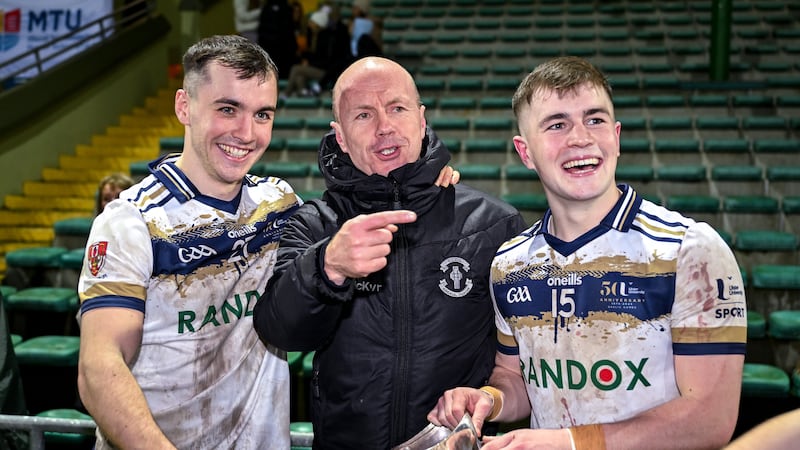IF you take the bare numbers as they are, then the GAA is in a fairly healthy financial position. But when you scratch the surface, there are a few areas of very obvious concern.
Dropping attendances is a whole pitchfork itself. There’s the impact on the games themselves and the issues around public interest, but there’s also the €5m hole the fall in gate receipts leaves behind.
That was almost exclusively down to the All-Ireland SFC, with GAA finance director Ger Mulryan arguing that the absence of the two big replays they’d had in 2017 was enough to account for €2m of that alone.
Of the 364 games arranged by CCCC, only 42 of them turn a profit. The vast majority of those are in the latter stages of the All-Ireland series’ in football and hurling.
The left phalange, basically, is broken. The declining interest in the football championships is not irreversible, but right now it’s hard to see where the graph changes.
Read more: Worrying trends as GAA attendances plummet
The GAA tried to paint a picture that it was basically down to the change in format, the weather, Mayo’s absence and Dublin’s domination.
The latter, you can’t argue with. Boredom is a huge factor, possibly the biggest.
But it’s not just Dublin. The provincial structures are ready for the retirement home. The qualifiers were sold to the weak but their transparency as a catch-net for the strong has long been discovered.
The Super 8s seem to have been turfed in with the rest but they produced some of the best games of a hugely disappointing summer, and as the league structures show, it’s teams of a similar level playing each other that will put bums on seats.
The other thing that will do that is affordability, and that looks like being a huge issue for the GAA heading into 2019 and beyond.
Basically their revenue streams last year were held up by three things: the hurling championship, concerts at Croke Park (which were worth just over €3m of their €8m contribution), and a surprise increase in commercial revenue.
Those are not the kind of incomes that can be relied on annually. Gate receipts have long made up a considerable percentage of the GAA’s overall income, and while that figure is still 46 per cent, it has been slipping.
In terms of long-term financial sustainability for the organisation, it’s a situation that simply has to be arrested.
Which leads you back to the much-criticised increase in ticket prices that’s hovering over the whole thing.
The GAA will need a few lucky breaks if they are to avoid another drop in football attendances this year.
Rejuvenations for Kerry and Mayo should be enough to offset some of it, but in the long run the reliance on certain teams because of their support base is a precarious line to tread.
Whether they can steel themselves enough to stop the five-in-a-row is debatable.
There’s the human element of keeping on investing €1.3m a year in Games Development in Dublin that safeguards the jobs of all those GPOs dotted through every club.
But you have to consider the sporting end of it too, and given that Meath were second on the list almost a full €1m behind, the old argument looks no nearer to being solved.
It was very notable that the GAA has made a concerted effort in the belt of counties that surround the capital. The population has been driving east, largely out of its rural communities.
The GAA would argue that it cannot do anything about the country’s demographics – indeed, John Horan did exactly that in the Seanad last week – but when you consider the relative scale of their new investment in the eastern corridor, alongside Antrim, Derry and Cork – all home to major cities – it looks unmistakably like a policy to focus on urban areas at the literal expense of rural ones.
All is not always what it seems.
Read more: Worrying trends as GAA attendances plummet








